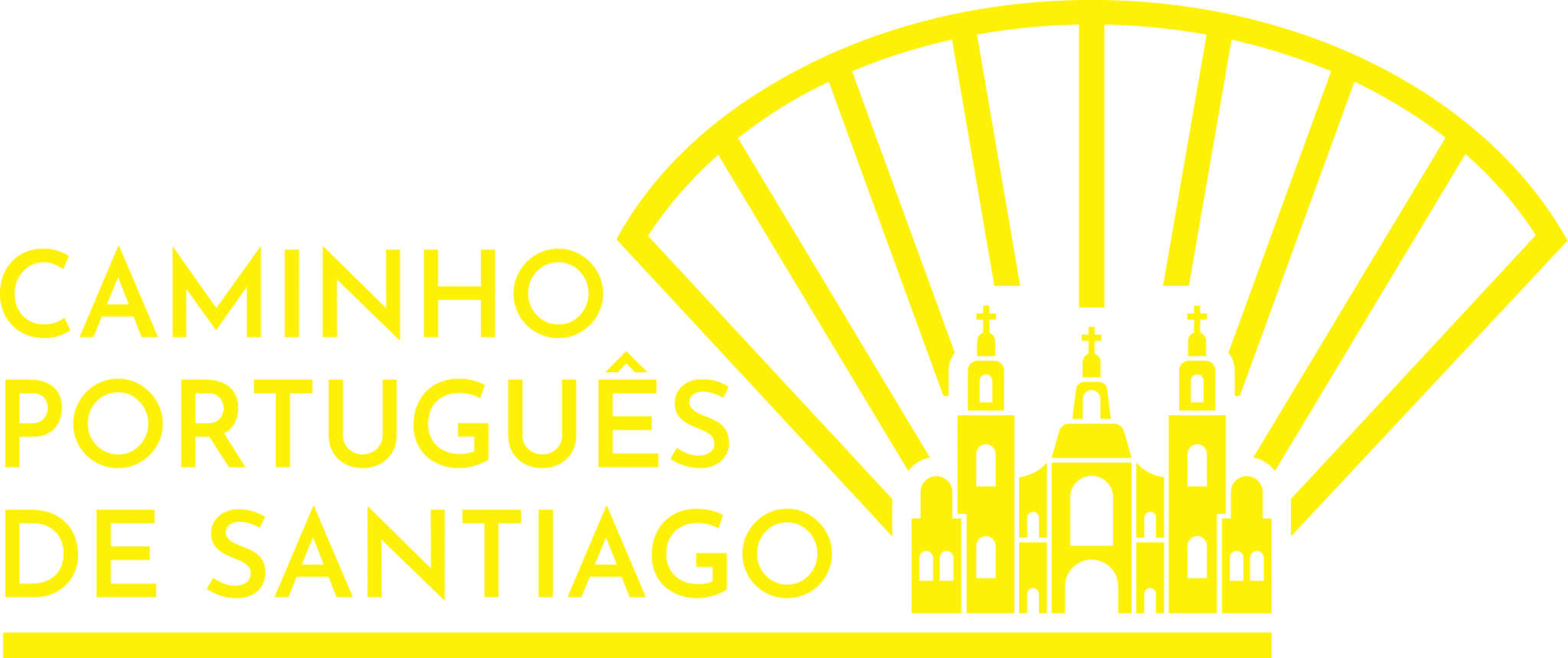

Subscreve a nossa Newsletter e recebe gratuitamente a Checklist do Caminho de Santiago para te preparares para aventura da tua vida!
This is the shortest stage of this journey and for a good reason. In the next few days the hiking will be long, so you need to rest your feet when you have the opportunity. Besides, you will pass through Vila do Conde, one of the most picturesque villages in Portugal.
The route here goes mostly by footbridges. The wind is the most complicated attribute for those who take this route. Slide down to Póvoa and enjoy the night to rest and walk around this city.
Depending on where you start your day from, we suggest the center of this village to venture to the beach. Follow the walkway to the beach and you’ll be back on the Way to Santiago.
Right at the bridge, and past it, spend some time looking at this natural reservoir with many animals and flora protected in this area.
Along the way you need to keep an eye out for sand because of the wind. For those who have good legs to keep on the path, they may not even suffer much from this situation. However, walking through the sand is a little torture for anyone. From the top the view is beautiful, though.
This wonderful town on the Portuguese coast is a reminiscence of a small village where everyone knows each other. To arrive here is to stop to look at the sea, for a few moments, and to be dazzled by the small details of this town. It also has several hostels if your legs start to weigh you down, like the “Eça Agora”. A calm and safe port. We are welcomed by the majestic convent of Santa Clara, an imperial and modern hotel to enjoy in Vila do Conde.
The arrival in Póvoa de Varzim takes place right after Vila do Conde. We are greeted by a new architecture, with a different, thriving life compared to the rest of the journey so far. The municipal hostel, São José de Ribamar, is facilitated by one of the friendliest people along the entire path. A unique character.
In principle, no! The yellow arrows are clearly marked on the ground. If you’re in any doubt, just look around and see which direction the other walkers are heading. Another idea is to ask someone how to get to the Carvalhido church.
Incidents tend to be minimal and many people make the journey alone. However, safety can be subjective. Many hikers do the route, so if you’re afraid you can always ask for help.
This is the most urban stage of the Portuguese route. At the entrance to Vairão, the difference in the natural landscape is remarkable.
